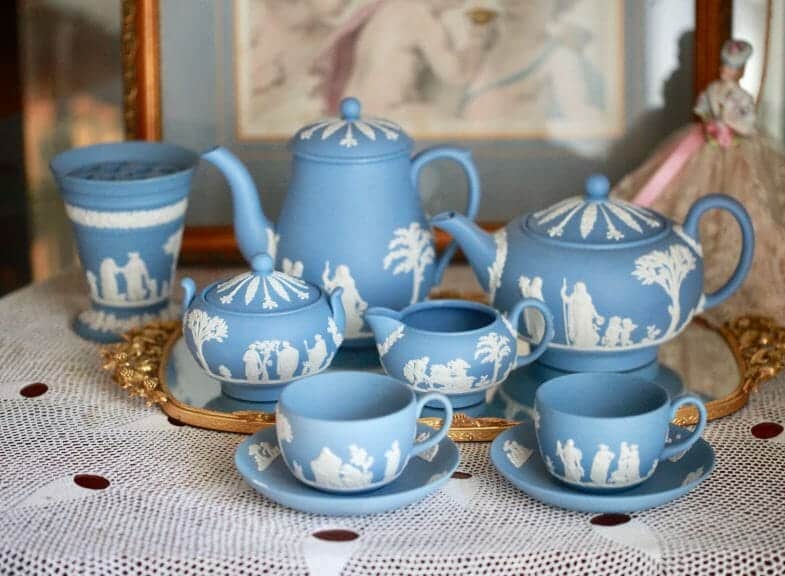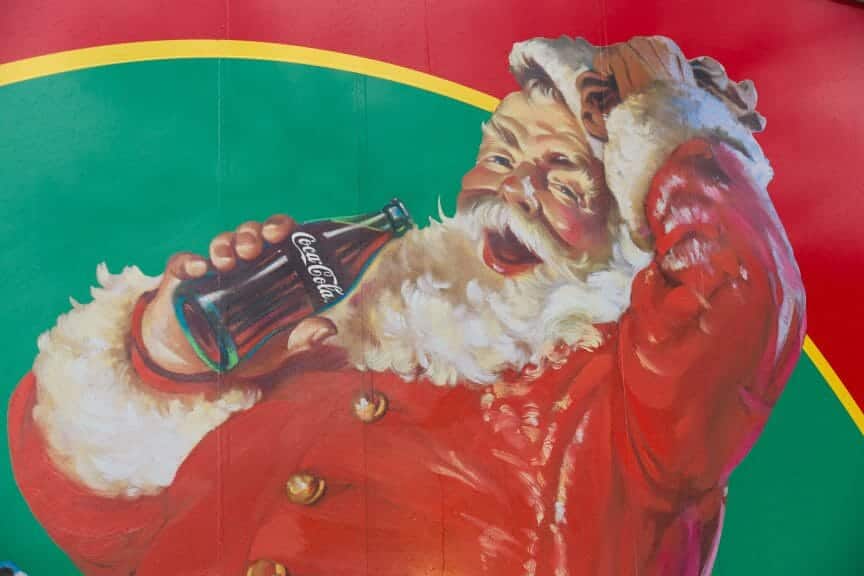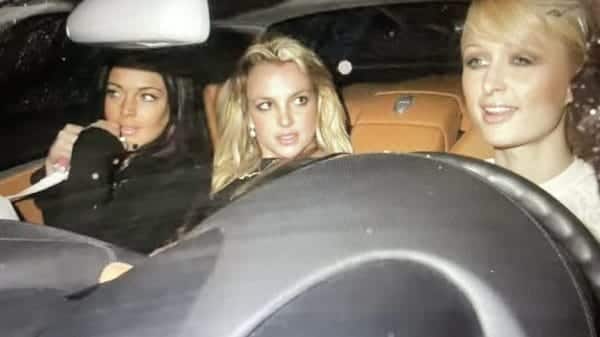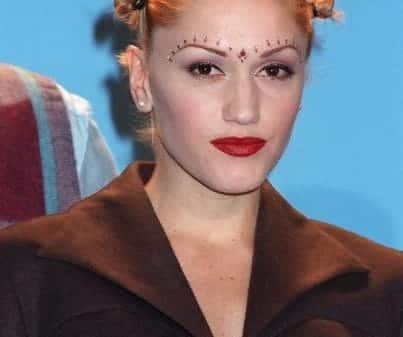Social media influencers seem to be taking over the world, and it looks like their growth is not slowing. According to CBS News, 86% of young Americans say they are “willing to try out influencing on their social media platforms,” and 12% already consider themselves social media influencers.
But where, when, and who started this astounding social media marketing profession? What does it really mean to be an “influencer”?
Ancient Influencers
Without getting controversial over the potential existence, impact, or “influence” of Mary, Jesus, or God, Pope Francis nevertheless raises an interesting point about the ancient roots of the influencer. Religions often encourage one specific behavior or lifestyle. In fact, in ancient and medieval times, the Catholic church encouraged people to buy relics. Relics were items that were associated with either; the events of Christ’s life, a physical remain of a saint (a bone, hair, limb…), or an item that a saint owned. So it could be argued that influential religious figures have used their platform and prestige to encourage selling items since 29AD when St Peter became the first Pope. While this practice is no longer common in Catholicism, the Pope himself could nevertheless still be considered an influencer, perhaps even a social media influencer in the case of Pope Francis’s tech-savvy Twitter ways.
Royal Influence throughout the Ages

For most of European history, it was believed that the monarch had the divine right to rule, meaning that God had specifically chosen them to have power. With little to no restrictions, the monarch defined and influenced every part of life. From religion to law, entertainment, and fashion, the monarch was the taste-maker for all.
From the lavish riches of furs and gold necklaces which Henry VIII (English King from 1509-1547) brought into fashion to the tiny waistlines, square necklines, and monochromatic looks that Mary Queen of Scots (1542-1567) preferred, monarchs were nearly always personally defining style.
However, let us define an “influencer” in the modern sense. The Cambridge Dictionary describes it as a person “who is paid by a company to show and describe its products and services on social media, encouraging other people to buy them.” If we take this definition, these monarchs, while they did affect the way many people behaved and their decisions, did not do so for a direct monetary purpose. They had influence, but they weren’t really “influencers.”
In 1760, this all changed. Wedgwood, a famous company and designer of Chinaware, collaborated with King George III in creating a tea set for his wife. Wedgwood immediately marketed themselves as having Royal approval leading to a massive increase in sales and a product that is still popular today. George III promoted a company using his personal power with a hugely successful financial outcome. Is George III the original predecessor to the likes of Logan Paul, Paris Hilton, and Charli D’Amelio?
Influence and Advertising

Let’s fast-forward a little now.
In 1905, the first non-religious, non-royal celebrity figure was used to endorse a product. “Fatty” Arbuckle was a hugely successful comedian, best known for his custard pie throws, and was paid to feature in Murad Cigarettes printed ads. The campaign was tremendously successful, which led to many companies following suit.
Then, in the 1930s, Coca-Cola endorsed the most potent, magical, and festive celebrity of them all… Santa Claus. Using his jolly disposition and accompanied (one must assume) by a host of elves, Santa Claus was the influencer of the age, marketing Coca-Cola as a Christmas-time Winter drink. Amidst the poverty and desperation of the Great Depression, Santa Claus was thought to encourage cheer and joy in a rough time, simultaneously broadening the market to children and adults.
From the 1970s to the 2000s, celebrities being used in marketing was becoming commonplace. From the famous fictional boy Mikey in the 1970s Quaker Oats commercials to the cult status of Michael Jordan and Air Jordan, celebrity x brand collaborations were big money. Jordan was signed to promote Nike before starting his contract with the Chicago Bulls. Yet the tactic was nevertheless successful, with Jordan wearing the shoes for every game despite the $5000 uniform policy fine.
The First Instagram Influencers
With the rise of reality TV came the combination of notions of celebrity and authenticity – a key feature that differentiates contemporary influencer culture from anything else in history. The blurring of what’s real and what’s fictitious in reality TV certainly played an important role in developing a similar dynamic across social media—the idea of creating a persona out of yourself for public viewing.
There’s no way of knowing who was the first Instagram influencer. It’s an impossible question to answer. However, there seems to be a pattern in the rise of the first bunch of prominent influencers. Often individuals started by writing blogs, then YouTube, then Instagram, bringing their fans to each platform along with them. Some of these early Instagram influencers included @aimeesong, who started a fashion blog, Song of Style in 2008, followed by an Instagram account showing her outfits in 2011. Today, she has over 7m followers and has worked with global brands like Revolve and Laura Mercier.
Yet there are now so many influencers with just as many followers and collaborations. A whole host of influencers regularly make six-figure brand deals, whether they be reality TV stars, famous dogs, or even baby accounts. According to medium.com, 60% of Instagram users credit the platform with product discovery, so companies will surely not stop this form of marketing. The social media influencer is seen as an accessible and lucrative career that future generations aspire to. Is this the future of advertising forever? Will the traditional celebrity endorsement make a comeback? Perhaps even a royal decree?














